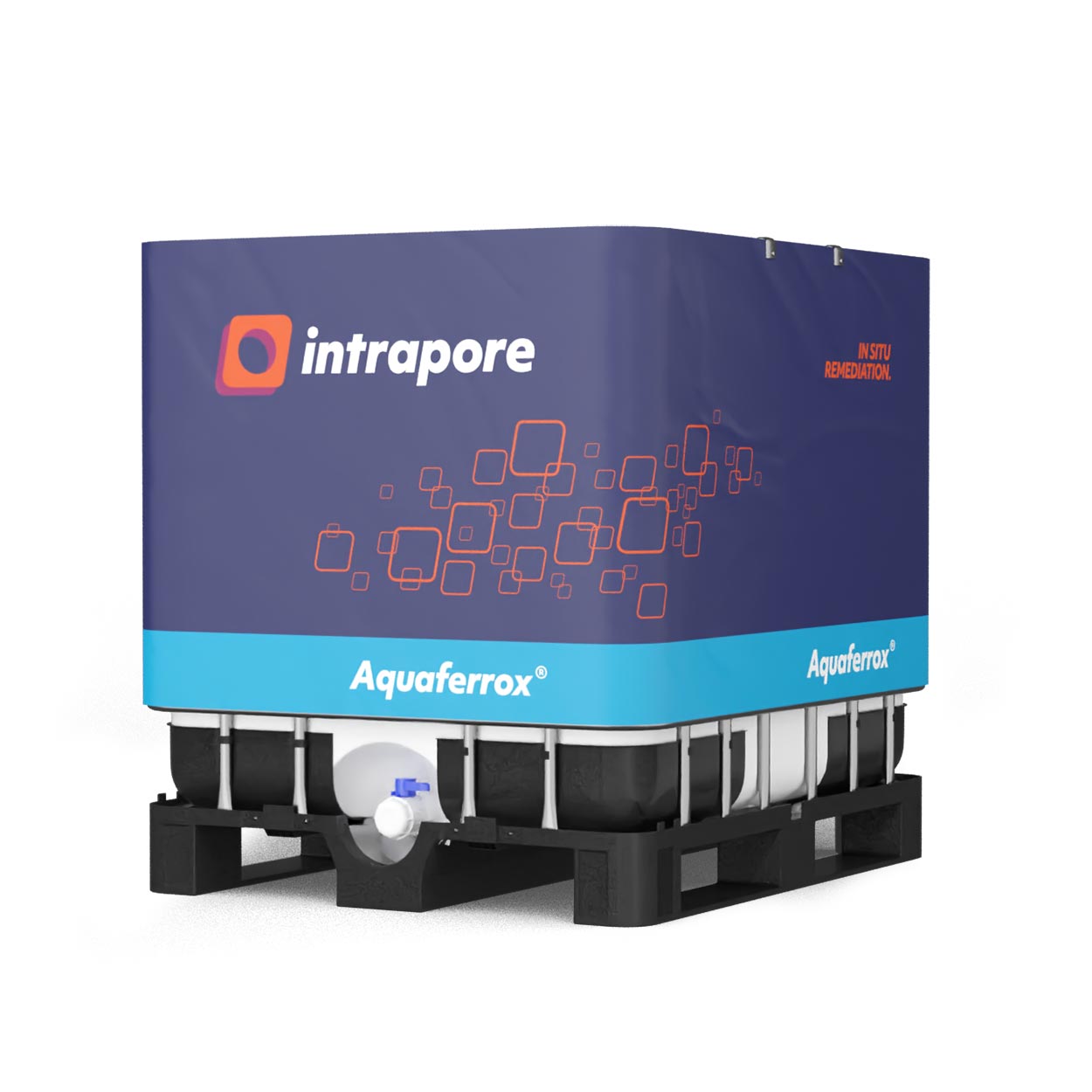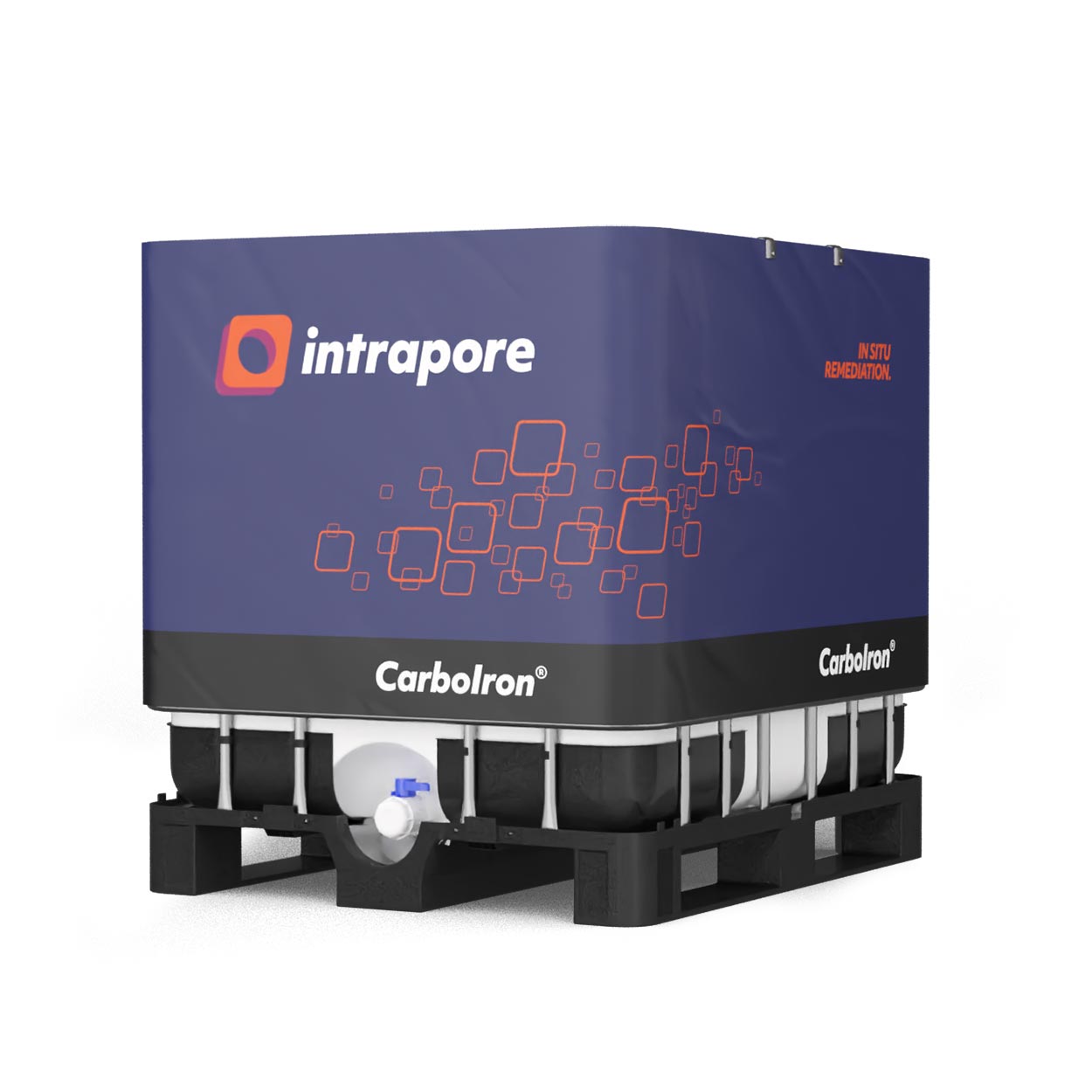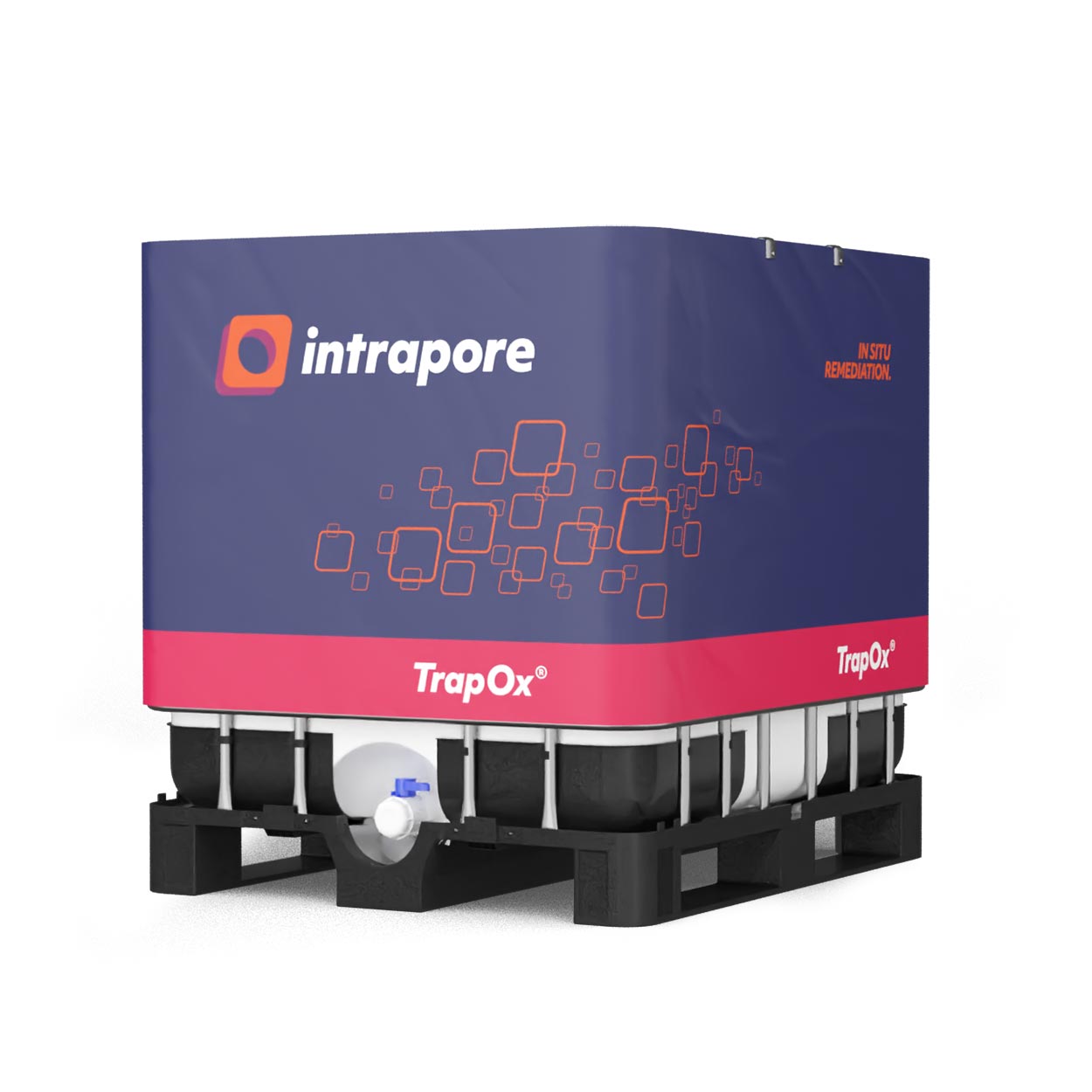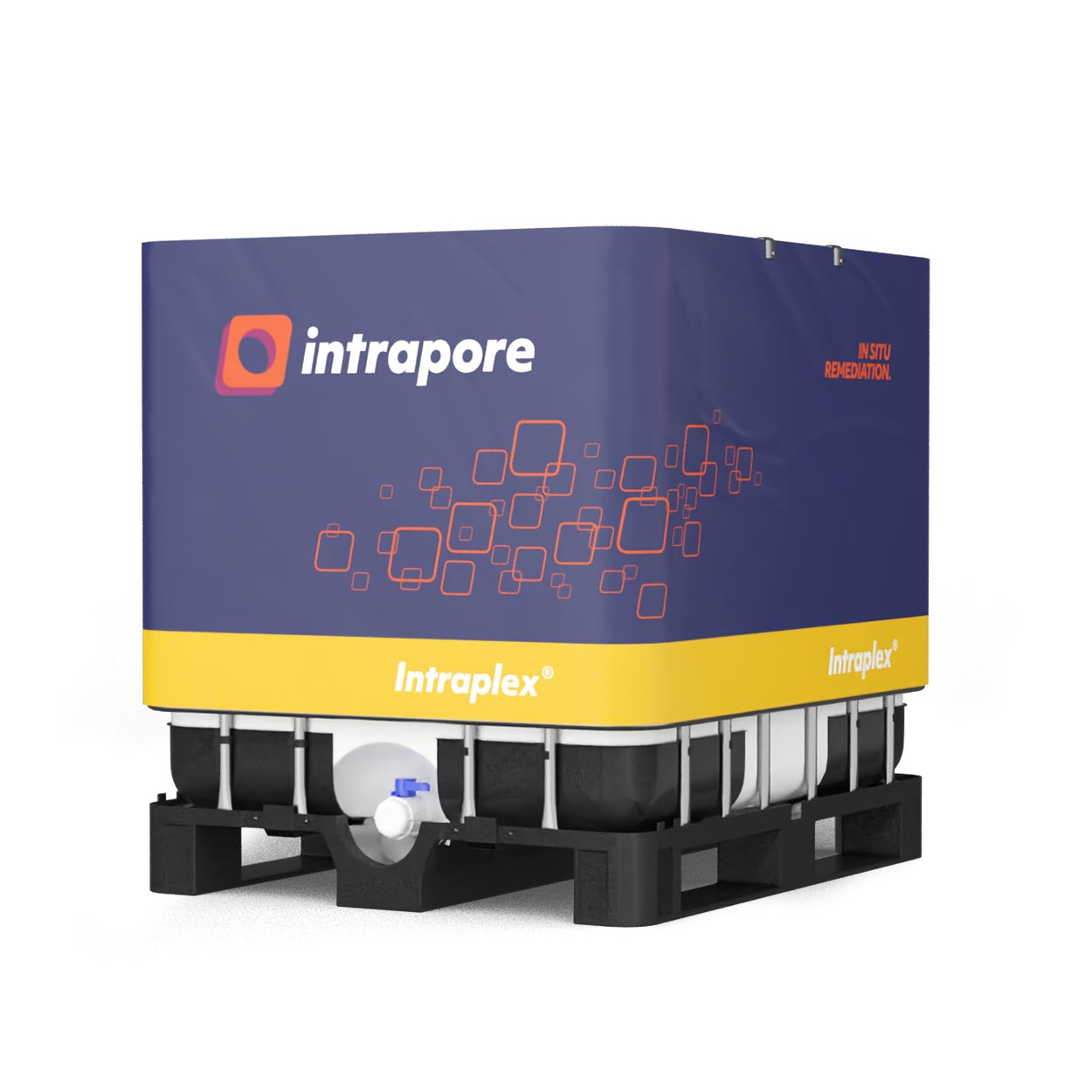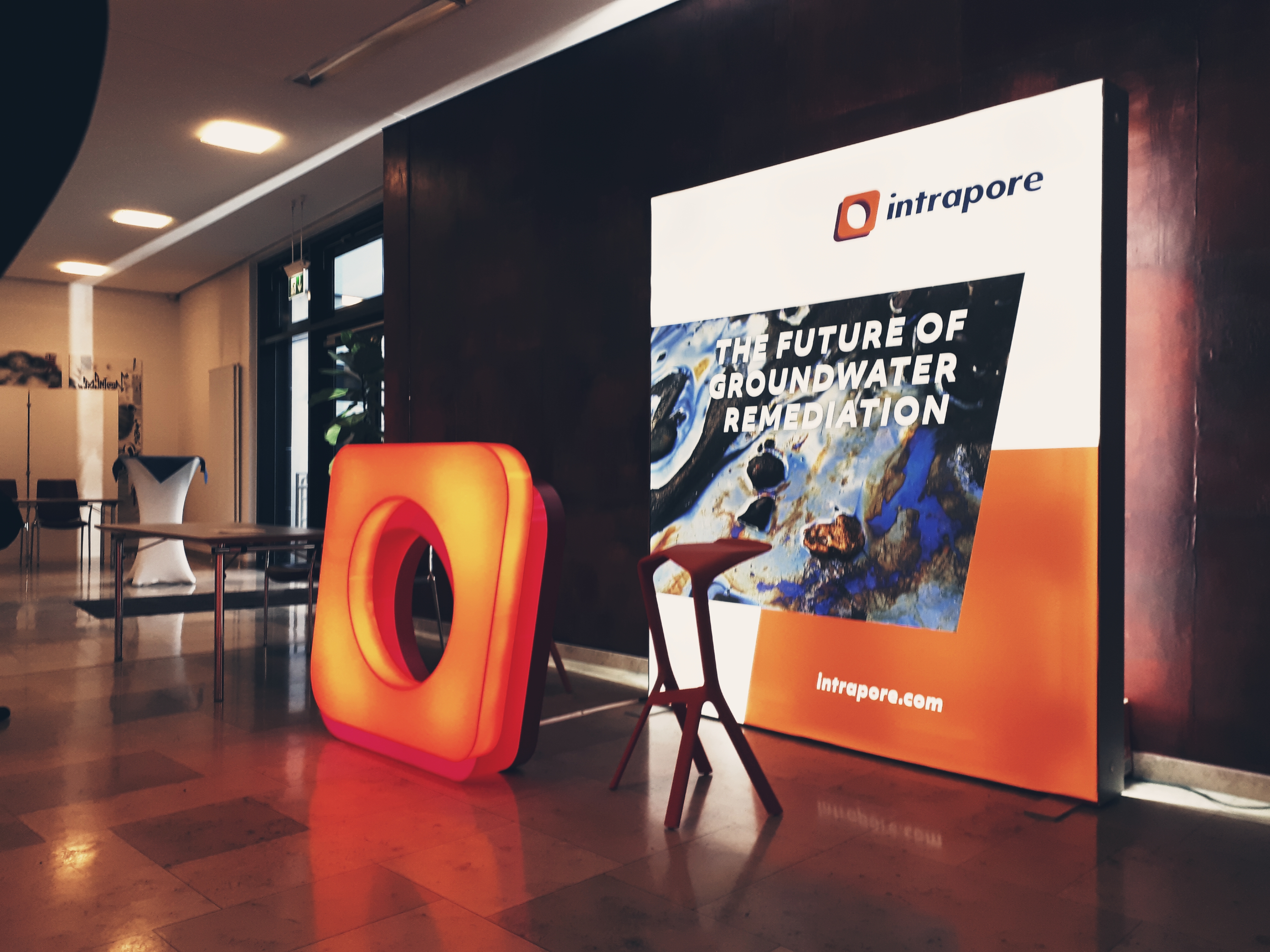CO2-neutral environmental remediation: Intrapore’s in situ procedures are minimally invasive. After injecting our suspensions into the contaminated areas of soil or groundwater, the system reacts practically “by itself”. The suspension attaches itself to the soil matrix, creating a kind of filter, a permeable reactive zone. The contaminated groundwater flows through it and is passively cleaned through interaction with the reactive zone.
No energy is required – our process is climate-friendly and almost CO2-neutral and saves an incredible amount of costs for energy. Intrapore’s in situ remediation thus differs significantly from classical methods such as “pump & treat”: here, powerful pumps have to run continuously to intercept the groundwater in the downstream, sometimes for decades. Intrapore was founded to protect our valuable resource, groundwater, against the backdrop of global warming. Therefore, as a company, we ourselves strive for CO2 neutrality: We travel by train instead of taking the car. We do without short-haul flights. We buy 100% green electricity. This fits in with our claim as an environmental and water company to lead the way in the transformation to a sustainable society.


